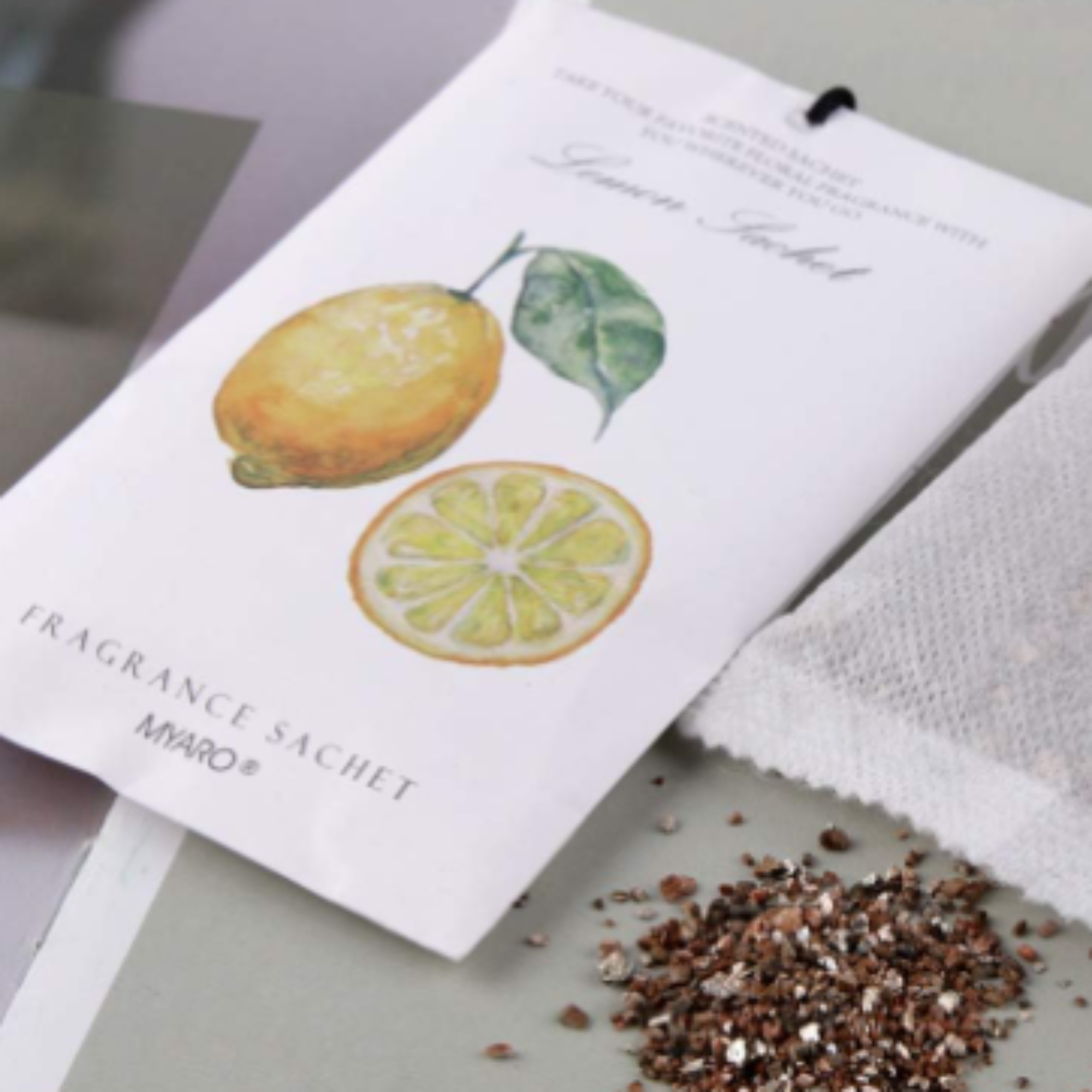6 Changes to Make in Your Pantry Today That Will Make It so Much More Functional, According to Organizers
If you always struggle to find what you need in your pantry, these tricks will make it easier to navigate

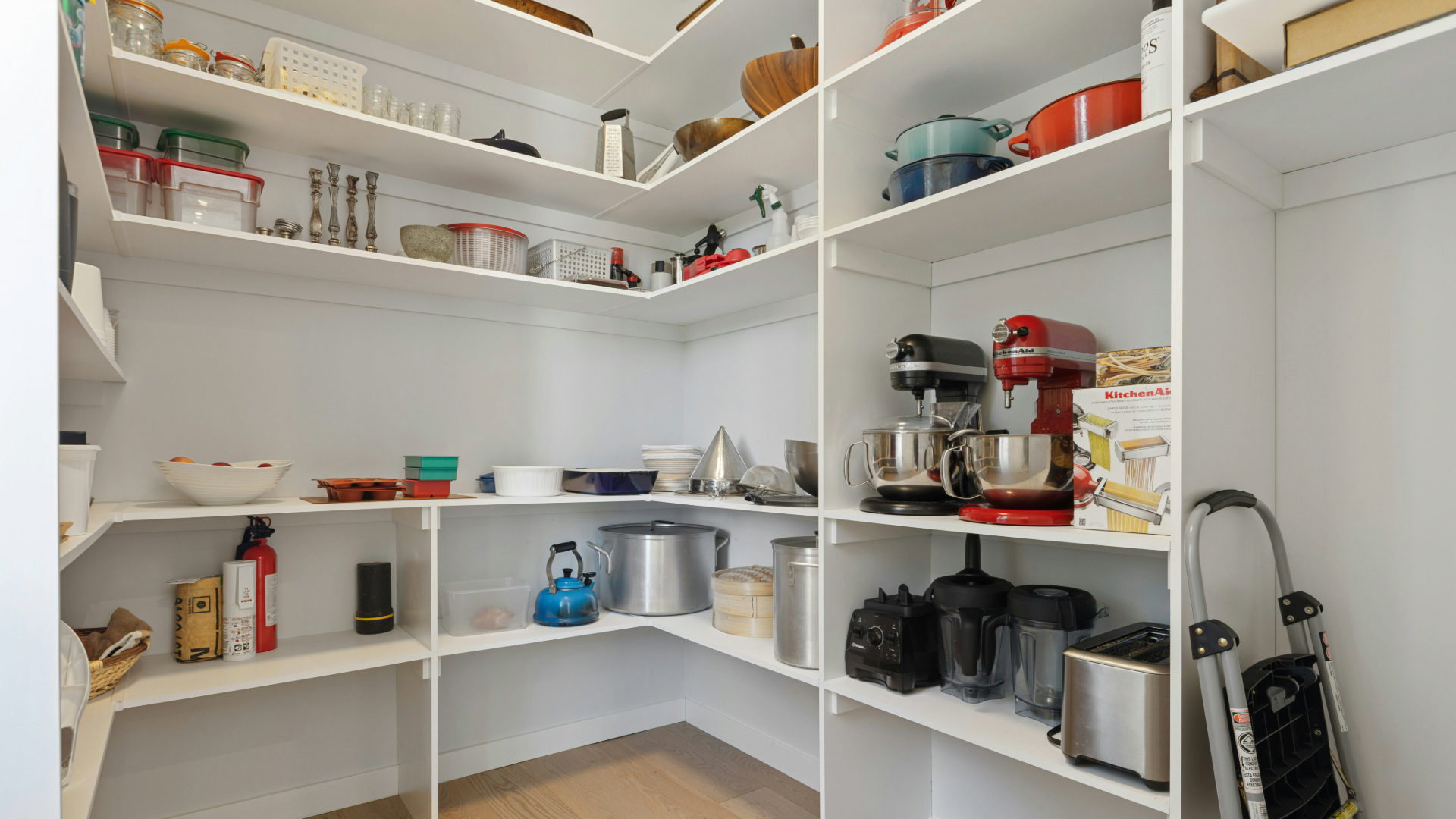
Pantry envy is such a real thing, and I've always thought there's something so lovely about having a dedicated space to store food items sorted by type for ease of finding. It must make mealtimes much easier and preparing grocery lists a breeze!
However, as nice as this mental image is, I'm more than aware that without some good pantry organization ideas in place, you can end up with food storage in disarray. A disorganized pantry will quickly become a source of stress, inconvenience and, if it frequently goes unchecked, a storage space for out-of-date food. It isn't sounding quite as appetizing now, is it?
I spoke to professional organizers to gather a simple list of 6 easy ways to make a pantry space more functional. From nailing your shelving layout to organizational systems to implement, each of these suggestions is bound to create a world of difference within your pantry, making it approachable once more. Here's what the experts had to say.
1. Group like-items together
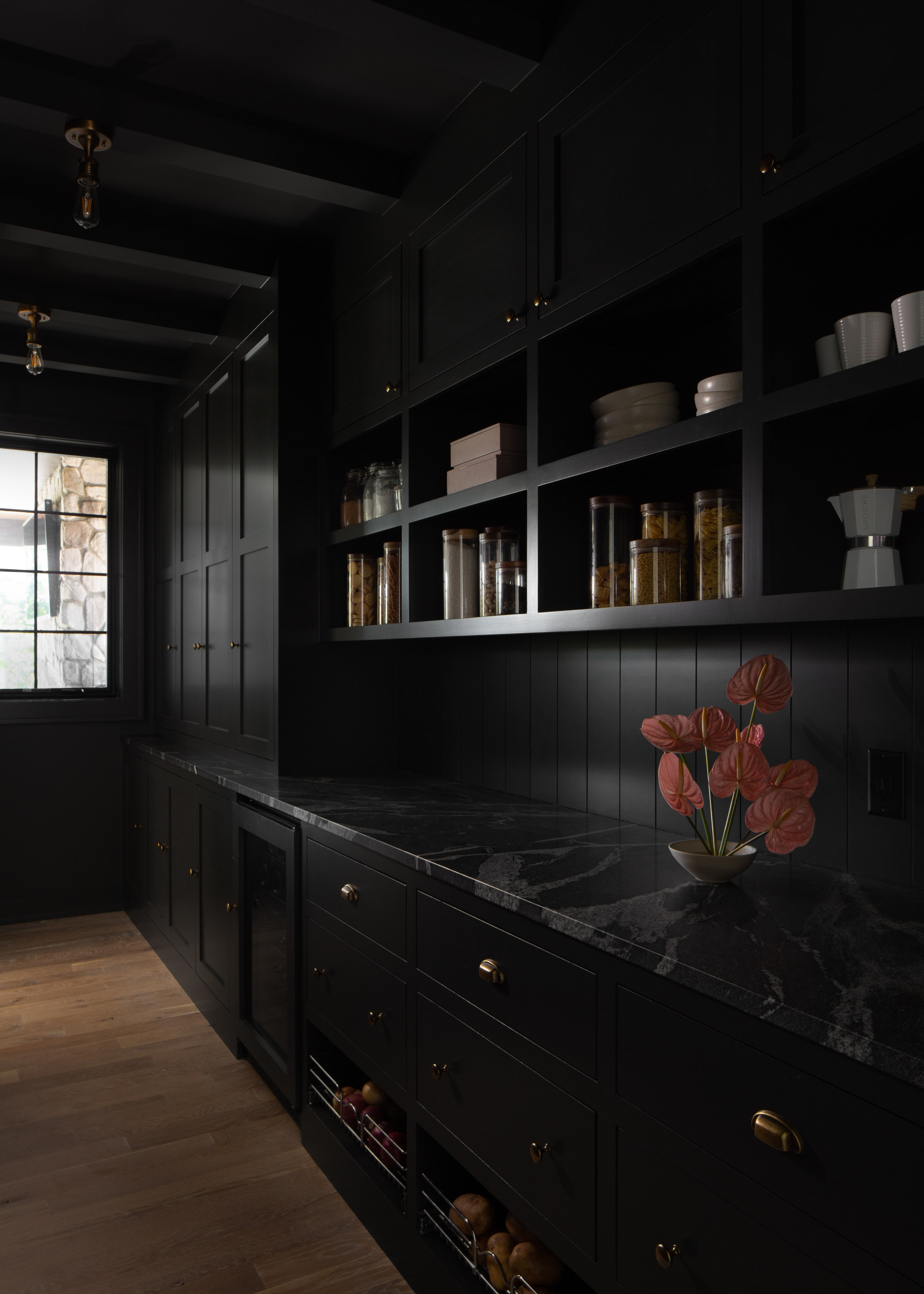
If you place everything into your pantry with little method, you're quickly going to realize that you know where nothing is. Even if you don't have a bunch of storage bins on hand at this point, designating specific shelves or parts of shelves for items of different categories will easily show you what you have in your pantry at a glance, making your pantry look good and improving the space's functionality ten-fold.
Rachel Sicherman, professional organizer and founder of Tidy Made Easy, says, "Grouping like-items together creates a logical flow in your pantry by ensuring that similar items are stored together. This further reduces the time spent searching for ingredients in the space and minimizes your risk of overbuying. After categorizing your pantry items (e.g. baking supplies, canned goods, snacks, grains), assign each category a specific spot."
You can stick a label to your shelving to clearly mark this spot or, if you wish, buy some storage bins for the space.
2. Use bins and shelf dividers
Bins and shelf dividers are great pantry storage ideas for many reasons. Bins can help a person to maintain their categories, assist in keeping items fresh and prevent smaller items from getting lost behind larger ones on the shelf. Dividers are also a useful way to maintain categories for people who would rather not use storage bins, or for those who enjoy a clean, symmetric aesthetic without the blockiness of boxes.
The Livingetc newsletters are your inside source for what’s shaping interiors now - and what’s next. Discover trend forecasts, smart style ideas, and curated shopping inspiration that brings design to life. Subscribe today and stay ahead of the curve.
"Clear bins can be beneficial in a pantry space because they still allow you to see what you have," says Linda Samuels, certified professional organizer and founder of Oh, So Organized!. "I recommend using a mixture of open and closed bins, shelf dividers, and risers to contain grouped items and maximize shelf space."
Mary Jo Contello, professional organizer and founder of Organized by MJ, suggests a couple of ways to make your pantry storage bins even more functional. "If possible use a storage bin to store each category of items on your shelf. This works wonders in helping to keep like-items together. You can also label these bins so everyone can find the items they need as efficiently as possible."
Target's All Purpose Single Drawer Storage is a fool-proof solution to upgrading the functionality of your space. It's affordable, transparent and even has a handle to help you pull your items out of the pantry. If you would prefer a closed storage container with a lid, there are many options available too, such as the Homz 31 Quart Stackable Organizer Set of 4 or the Ezy Storage 79.3qt Waterproof Storage Box, both from Target.
3. Stop overstocking on food
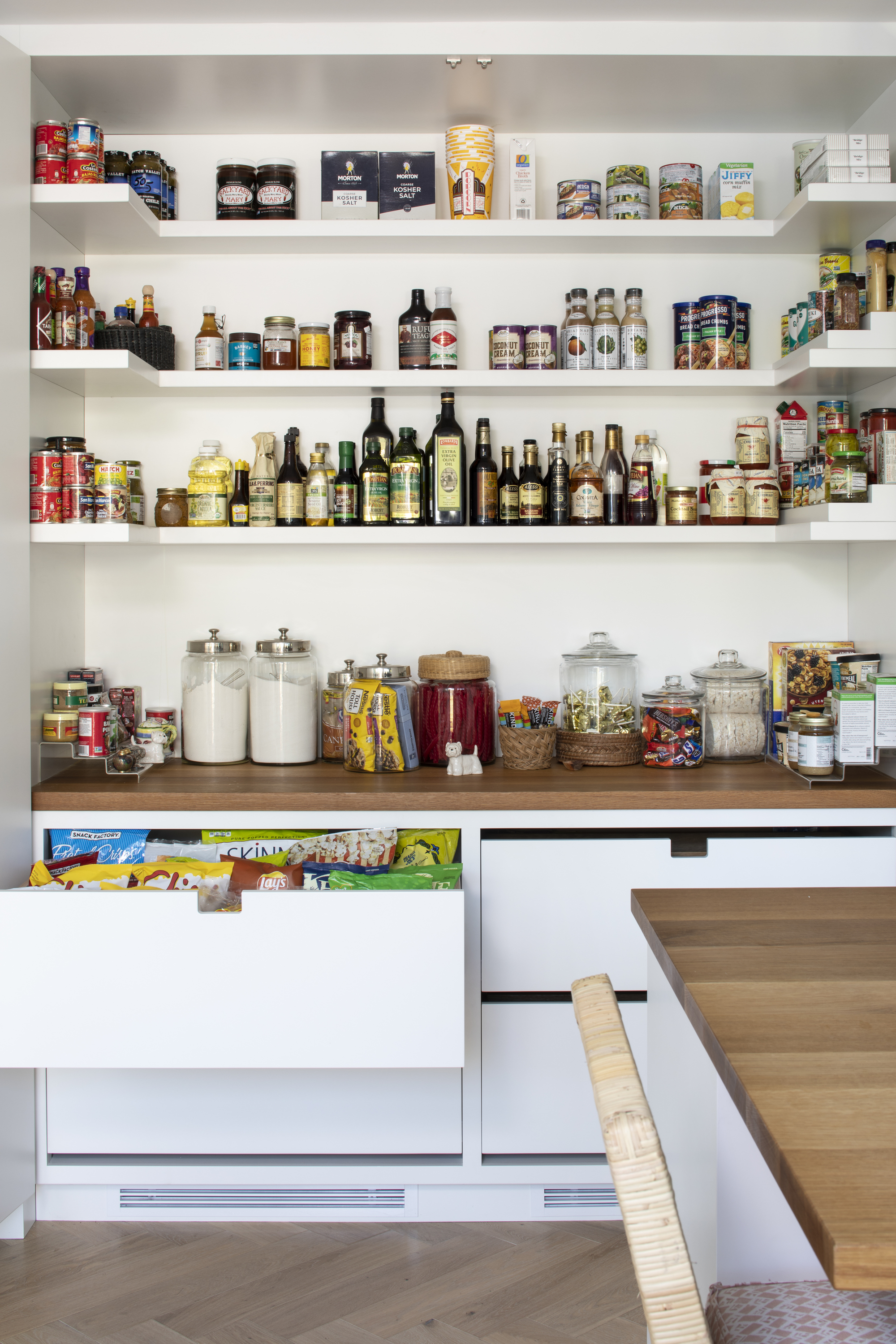
Especially if one of your favorite snacks or essentials is on sale, it can be tempting to buy a year's supply. But you need to stop to ask yourself if you have space to store such items in your pantry before you get home and, if you don't, whether you truly need to be overstocking on goods.
"I recommend only keeping a few of each item in one go if possible," says Mary. "And when you replenish this supply, put your newest one of each item at the back to keep track of what needs using up first."
If your pantry shelving is filled to the brim you won't be able to find anything and items will be competing for limited space. When there's something on offer that you really need to grab many of, perhaps see if you can assign it to a separate cupboard or storage container elsewhere in the home, such as in the garage. Just be sure to put your items in something airtight, such as the IRIS USA 60 Quart Storage Bin from Walmart, and keep an eye on expiration dates!
4. Clearly label expiration dates

Gone-off food is something professional organizers start with while decluttering as the items are simply no longer able to be used or enjoyed.
It goes without saying that a functional pantry isn't one flooded with out-of-date food. Mary suggested an amazing method to me that is simple and sure to keep a homeowner aware of exactly what's fresh in their pantry.
"I write expiration dates in a Sharpie onto my food packages so they are easy to identify," says Mary. "This is something I encourage clients to continue as they bring groceries home. You can easily identify expired food as you use it and determine a regular schedule to review the entire pantry."
Alternatively you could routinely check your pantry every month or so and cull any food items that have expired, something particularly important if you're organizing a pantry with deep shelves where things can get forgotten. "A functional pantry requires regular decluttering to prevent it from becoming overwhelming," says Rachel. "Aim to declutter every three months, removing expired or unwanted items. Quick inventory checks once a month can also help to keep track of what you have, what’s running low, and what’s expired. This can also help with meal planning and grocery shopping.
5. Install over-the-door racks
There are clever pantry door ideas you can embrace to make it part of your storage. Linda says, "If your pantry has doors, install an over-the-door rack or fixed rack with small shelves for additional storage space. This can be useful for organizing categories such as spices, jams, or cleaning products." Try this deep over-the-door shelving from Walmart, on for size.
This extra space could also be used to store food-friendly scent pouches such as these Lemon Scented Sachets by MYARO from Amazon to keep your pantry smelling fresh, or cleaning gloves to remind you that the shelves of your pantry space occasionally need a good wipe down!
6. Place your items in the pantry logically
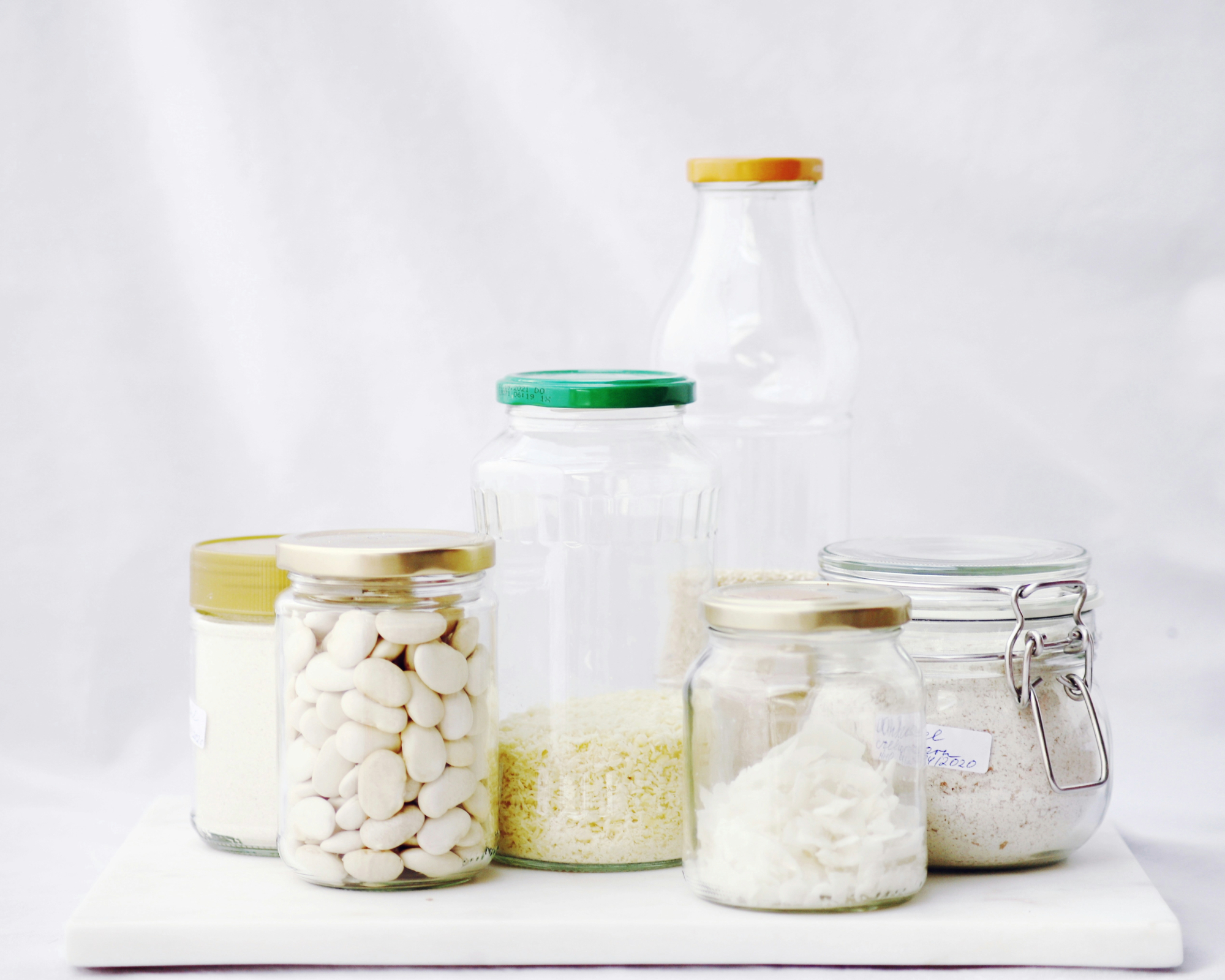
If you have two giant bags of pasta, you won't need those at eye-level to grab for every day. Whereas your kids' lunchbox snacks are something that you won't want to be hopping up on a step ladder to find every morning from your pantry's top shelf. Logically delegate the space in your pantry to match what is reached for most in your home, and life shall immediately become easier in the kitchen.
"Items that are often used and bought should be placed on shelves at eye level," says Rachel. "This helps everyone find often used items quickly and makes putting away these items easier."
These are small changes in habits for your pantry that equate to big changes in how easy it is to use. Take a day to get your shelves in order, and you'll find food prep becomes simple from here on out.

Ciéra is a writer and regional laureate with particular passions for art, design, philosophy and poetry. As well as contributing to Livingetc, she's an Editorial Assistant for Design Anthology UK and a contributing writer for magazines including Homes & Gardens, Apartment Therapy, Ideal Home, House Beautiful, Gardening Know How, The Sun, and Fabulous. Previous commendations of hers include being Highly Commended by The Royal Society of Literature and receiving a prestigious MA Magazine Journalism scholarship to City, University of London.
